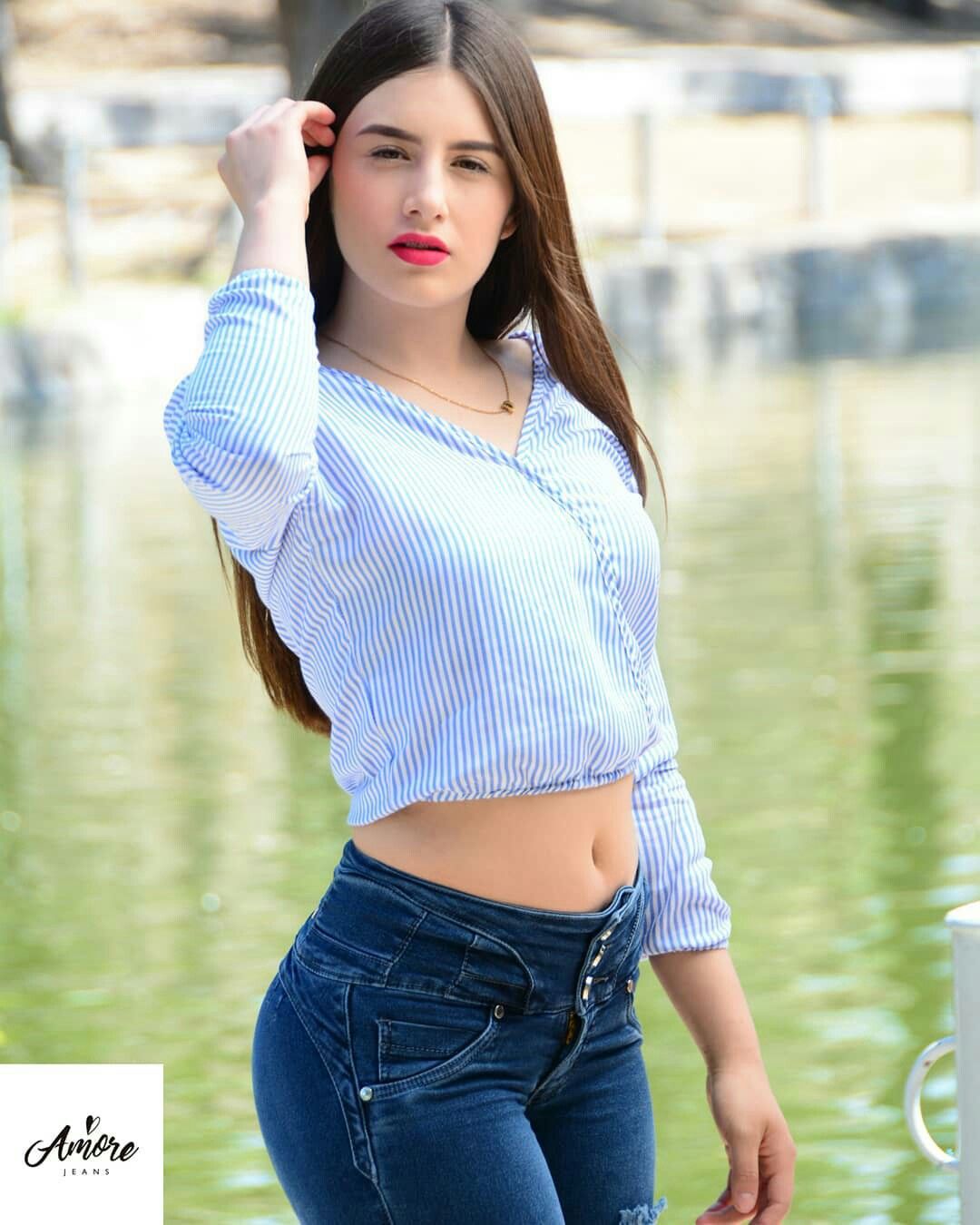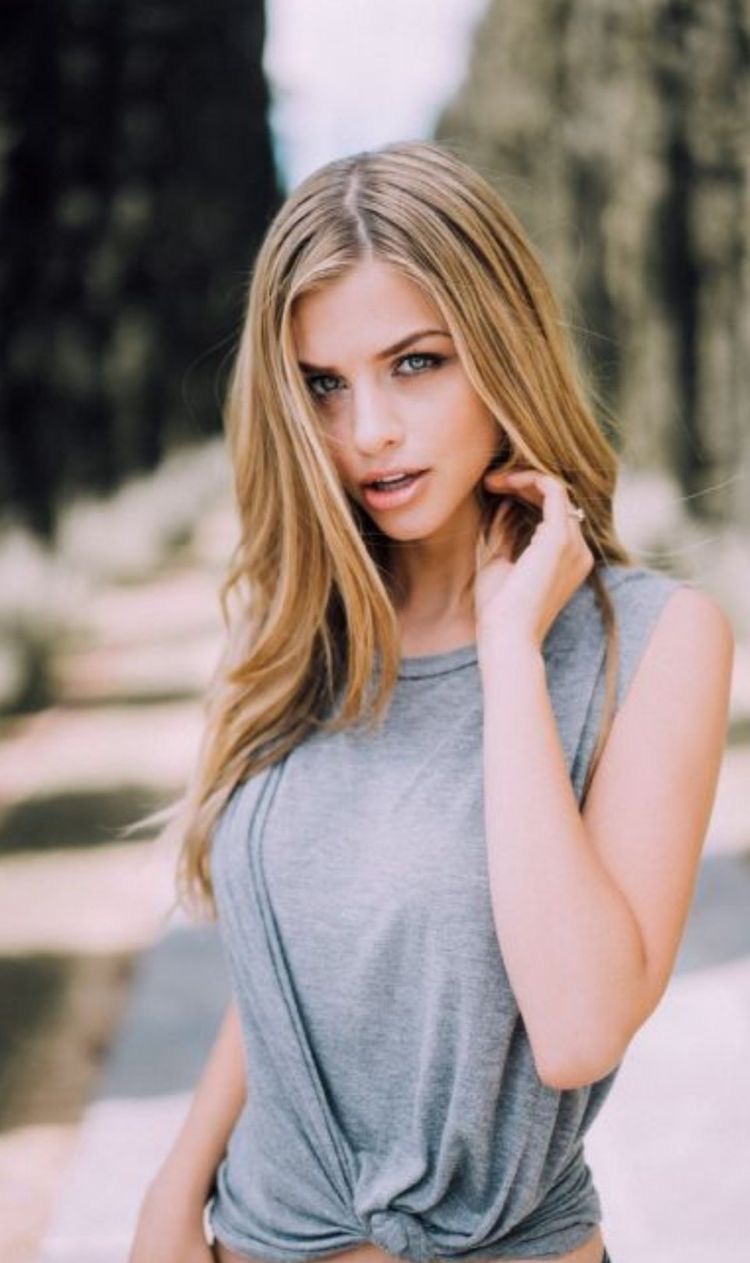Are you captivated by the timeless allure of beauty? The pursuit and appreciation of beauty, particularly as embodied by women, has been a constant thread throughout human history, inspiring art, literature, and countless moments of wonder. This enduring fascination continues to thrive in the digital age, where platforms are flooded with images celebrating the aesthetic qualities of the female form.
The internet has, without a doubt, become the modern-day gallery, a vast and ever-expanding canvas showcasing the diversity and splendor of what constitutes 'beautiful women'. From candid snapshots to professionally crafted portraits, the sheer volume of imagery available online is staggering. Websites like Pixabay and Unsplash offer an abundance of free, high-quality images, often without requiring attribution, making them accessible for both personal and commercial use. Shutterstock and Getty Images, on the other hand, provide vast libraries of stock photos, illustrations, and vectors, catering to a wider range of needs, though typically requiring licensing fees. Pinterest serves as a dynamic visual discovery tool, where users curate and share collections of images, fostering communities around specific themes and aesthetics, such as 'Mujeres Hermosas' – beautiful women. These platforms, and countless others, feed a global appetite for visual content, reflecting an undeniable human interest.
To further illustrate the phenomenon, consider the following:
Table: The Digital Landscape of Female Imagery
| Platform | Focus | Content Type | License/Cost | Notable Features |
|---|---|---|---|---|
| Pixabay | Free Images | Photos, Illustrations, Videos | Royalty-free | Large selection, easy to use |
| Unsplash | High-resolution Photos | Photos | Free, No attribution needed | Curated images, diverse collection |
| Shutterstock | Stock Photos & Media | Photos, Illustrations, Videos | Subscription or Pay-per-download | Extensive library, professional quality |
| Getty Images | Premium Stock | Photos, Videos, Editorial Content | Licensing fees | High-quality, exclusive content |
| Visual Discovery | Images, Videos, Ideas | Free | User-curated collections, community focus |
Reference: pexels.com
The sheer ubiquity of such imagery presents both opportunities and challenges. On one hand, it allows for wider appreciation of diverse beauty standards and aesthetics. People around the world are exposed to a broader range of physical appearances and expressions of beauty, challenging narrow, outdated perceptions. This accessibility can foster inclusivity and a greater understanding of cultural differences. The availability of stock photos also empowers creators, from small businesses to individual bloggers, to access professional-quality visuals for their projects, enhancing their content and reaching a wider audience. This democratization of imagery fosters creativity and innovation in various fields, from marketing to design.
However, this constant exposure to idealized images also raises important questions. The curated nature of online content, often featuring heavily retouched or filtered photos, can contribute to unrealistic expectations and body image issues, particularly among young people. The prevalence of certain beauty standards might inadvertently reinforce societal biases and perpetuate harmful stereotypes. Moreover, the commodification of beauty raises ethical concerns about objectification and the potential for exploitation. The focus on physical appearance can sometimes overshadow other qualities and achievements of women, perpetuating a narrow definition of worth.
The evolution of artificial intelligence further complicates the landscape. AI-generated imagery is becoming increasingly sophisticated, blurring the lines between reality and fabrication. This presents new challenges in terms of authenticity and the potential for misuse, such as the spread of misinformation or the creation of deepfakes. While these technologies offer exciting creative possibilities, they also demand careful consideration of their ethical implications. As technology advances, the ability to manipulate and alter images will only increase, intensifying the need for critical media literacy and a conscious effort to discern between genuine and artificial content.
The constant flux of online imagery necessitates a critical approach. Individuals should cultivate media literacy skills, learning to analyze images critically, understand the context in which they are presented, and recognize potential biases or manipulations. It is essential to challenge unrealistic beauty standards and promote a more holistic and inclusive understanding of beauty that embraces diversity, authenticity, and individuality. Focusing on personal well-being, inner qualities, and accomplishments beyond physical appearance is crucial in navigating the often-overwhelming visual landscape of the internet.
The proliferation of images depicting 'Mujeres Hermosas' reflects the deep-seated human fascination with beauty, especially as embodied by women. From freely available resources like Pixabay and Unsplash, to premium stock photo sites like Shutterstock and Getty Images, the digital world provides a wide range of images. While such access can celebrate diversity and inspire creativity, it also underscores the need for critical engagement. Embracing media literacy, challenging unrealistic standards, and emphasizing a broader understanding of beauty are essential steps in navigating the complex digital landscape. The discussion will continue as long as this visual content keeps evolving.



